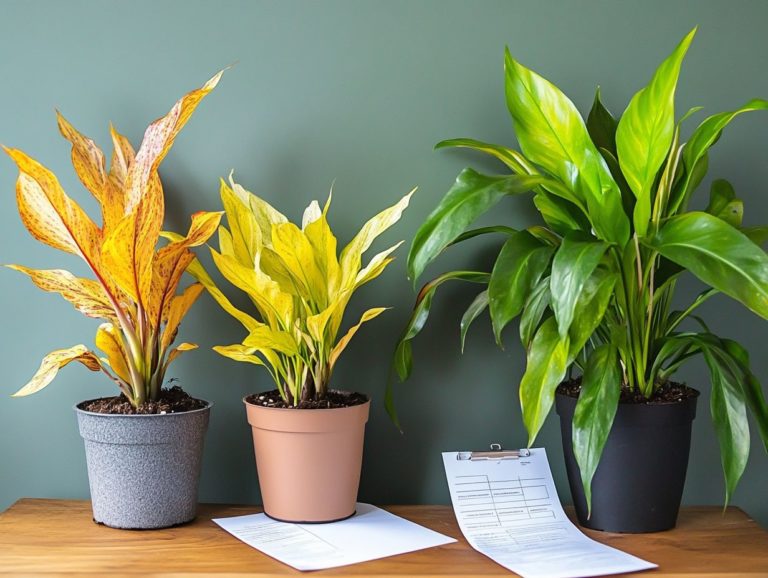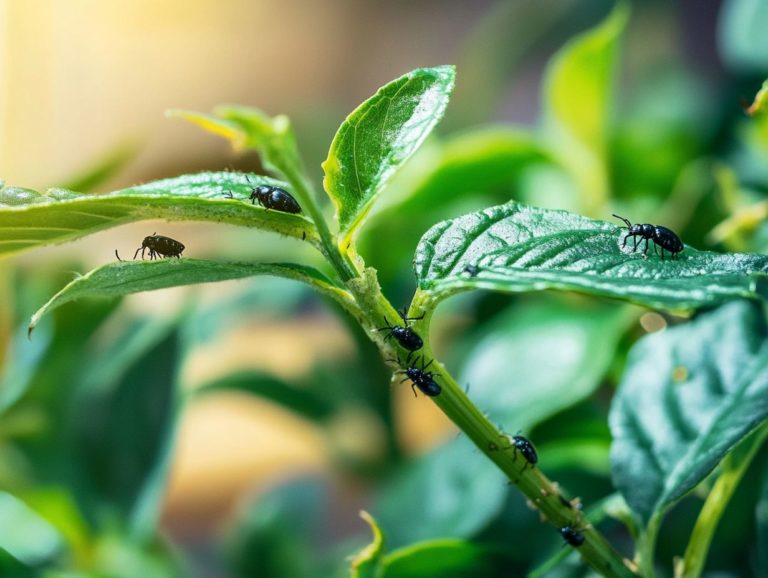Understanding the Role of Light in Pest Control
Pest control plays a crucial role in preserving a healthy environment. Have you ever considered how light affects pest behavior?
Let s explore the exciting ways light impacts pest control, examining various types of lighting such as UV and LED and how they influence pest activity. You ll discover methods that utilize light and evaluate their benefits, limitations, and essential safety considerations.
By harnessing the power of light, you can enhance your pest control strategies to a new level.
Contents
- Key Takeaways:
- The Importance of Pest Control
- The Role of Light in Pest Control
- Types of Light Used in Pest Control
- UV Light, LED Light, and Other Options
- Using Light in Different Pest Control Methods
- Benefits and Limitations of Light in Pest Control
- Safety Considerations for Using Light in Pest Control
- Frequently Asked Questions
- Why Light is Your Secret Weapon Against Pests!
- How can light be used to attract pests?
- Can light be used to repel pests?
- Are there specific colors of light that are more effective in pest control?
- How does light disruption work in pest control?
- What are some common methods of using light in pest control?
Key Takeaways:
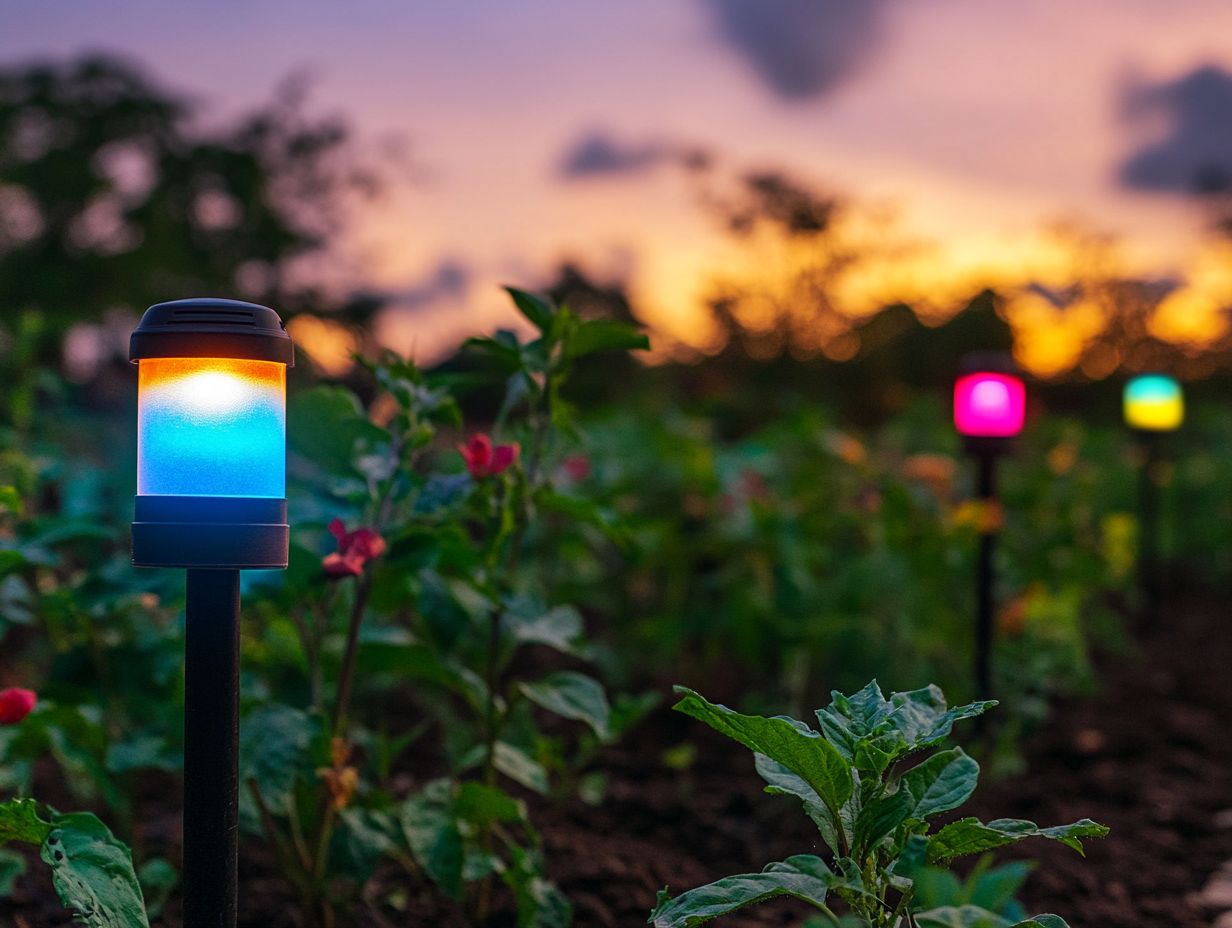
- Pest control is essential for maintaining a healthy and safe environment.
- Light significantly influences pest behavior and can be utilized in various control methods.
- While light has benefits, careful consideration is necessary to ensure safety and effectiveness in pest control.
The Importance of Pest Control
Pest control is essential for preserving agricultural productivity and maintaining ecological balance. It addresses pest outbreaks that threaten crops and disrupt community ecosystems.
Implementing effective pest management strategies is critical, especially when dealing with agricultural pests like aphids and moths. These pests can wreak havoc on your crops if not managed promptly.
Incorporating natural enemies into your pest control approach is vital for enhancing ecological health and sustaining biodiversity.
Why is Pest Control Necessary?
Pest control is vital for mitigating the risks of infestations that can drastically impact crop yield and threaten the health of the ecosystem.
Effective pest management protects agricultural productivity and preserves biodiversity across various habitats. Using advanced agricultural technology, like smart pest management systems, allows for precise monitoring of pest populations and targeted interventions.
This proactive strategy minimizes reliance on harmful pesticides, fostering a healthier environment and reducing the chances of developing pesticide resistance in pest species. Act swiftly to tackle pest infestations to achieve significant savings, safeguarding both your livelihood and the food security of your community.
By reducing pest populations, these strategies contribute to public health, lowering the risk of pest-borne diseases.
The Role of Light in Pest Control
Light is essential in pest control, significantly shaping insect behavior. Many insects, especially those active at night, are drawn to specific light sources. Understanding how light influences insect movement will help you develop more effective pest monitoring strategies.
This insight allows for the creation of visual cues that enhance the efficacy of your pest control methods.
How Light Affects Pest Behavior
The behavior of insects is profoundly shaped by light. Many species showcase positive phototaxis, moving toward light sources, while others demonstrate negative phototaxis, avoiding brightly lit areas.
This captivating dynamic highlights the diverse responses seen among nocturnal insects, which depend on subtle light cues to navigate their environments. For instance, moths are irresistibly attracted to the glow of streetlights, guided by their compound eyes that enhance their ability to detect light variations.
These specialized visual organs provide a broad field of view, essential for finding food sources and mates while avoiding predators.
Conversely, some nocturnal species, like certain beetles, cleverly use light variations to remain concealed. This delicate balance of attraction and avoidance demonstrates the remarkable adaptability of these creatures to their surroundings.
Types of Light Used in Pest Control
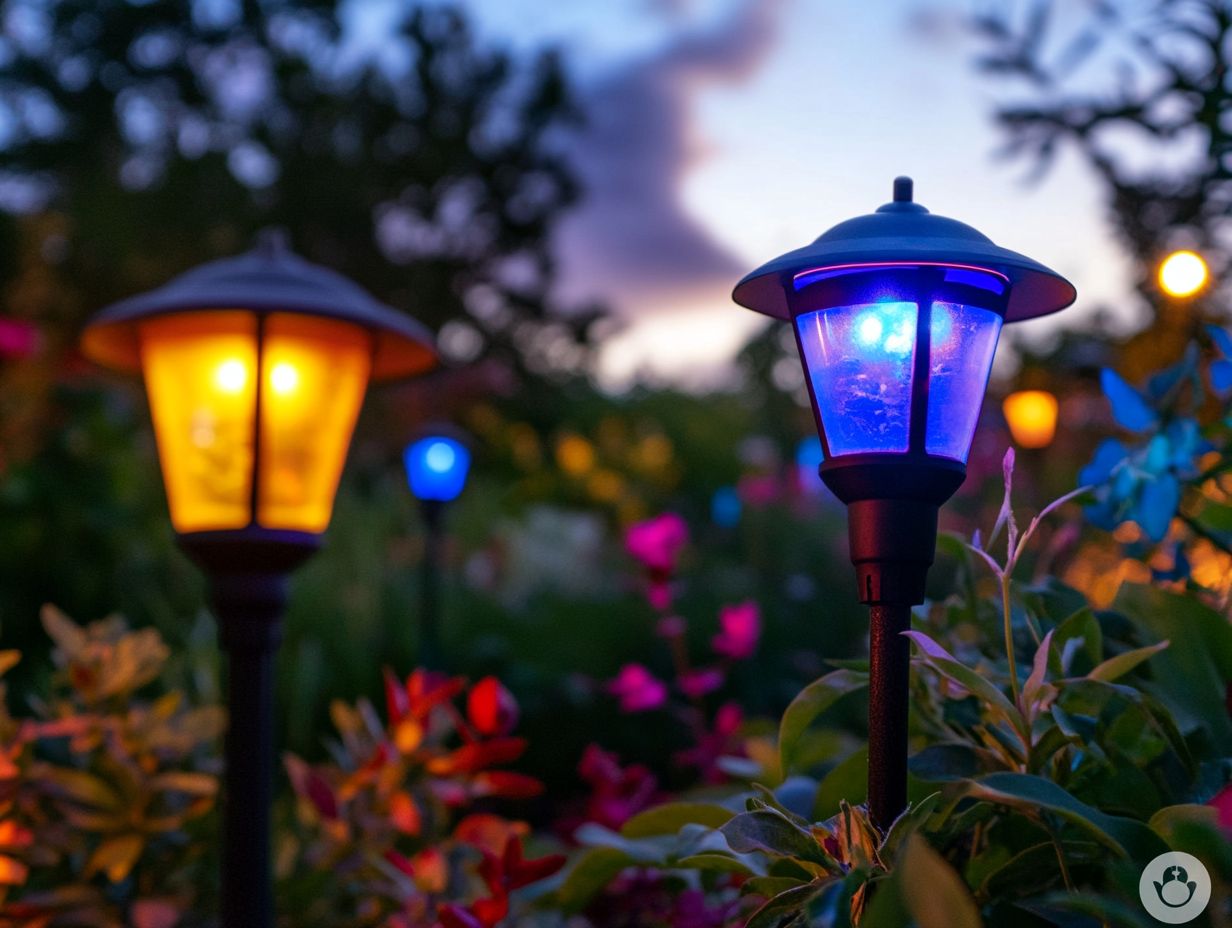
You can harness a variety of light sources for effective pest control, including ultraviolet (UV) light, LED light, and other innovative light-emitting diodes designed to target different pest species.
In conclusion, understanding the role of light in pest control can enhance your strategies and ensure a healthier environment. Start applying these insights today to elevate your pest management efforts!
UV Light, LED Light, and Other Options
You ll find that UV light and LED technology play a crucial role in various insect traps. They effectively utilize near-UV radiation to attract and capture pests.
These technologies operate on a fascinating principle: many insects, especially those active at night or drawn to light during certain stages of their lifecycle, are instinctively attracted to ultraviolet rays. By mimicking natural light sources, these traps significantly boost the chances of luring in more pests.
With LED lights, you benefit from lower energy consumption and an extended lifespan. This presents a sustainable choice for pest control.
The inclusion of light-absorbing films enhances the traps’ efficiency by reflecting and intensifying the emitted light, further enticing unwanted insects. This enhancement contributes to more effective overall pest management strategies.
Using Light in Different Pest Control Methods
Integrating light into various pest control methods, such as insect traps and electric insect killers, can greatly enhance the suppression of target pest species’ behavior. You’ll see a significant boost in effectiveness!
Traps, Repellents, and Other Techniques
Traps and repellents stand out as some of the most effective pest control techniques. Many of these traps use light reflection to boost their insect-catching prowess.
These methods are essential for managing pest populations in various environments, from cozy homes to expansive agricultural fields. The effectiveness of traps can be greatly enhanced by strategic placement and the clever use of reflective surfaces that draw pests in.
By using modern designs that leverage light reflection, pest control professionals can create an environment that serves as a magnet for insects, guiding them toward the traps with impressive efficiency.
Repellents act as a proactive shield, warding off unwanted pests with enticing scents or chemical barriers. This creates a well-rounded approach to pest management, seamlessly blending capture and deterrence for optimal results.
Benefits and Limitations of Light in Pest Control
While employing light in pest control offers a range of benefits like attracting specific pests and minimizing pesticide usage it’s essential to acknowledge its limitations.
Issues such as light toxicity, which refers to the harmful effects of light on certain organisms, and the risk of unintended consequences on non-target species should not be overlooked.
Advantages and Disadvantages
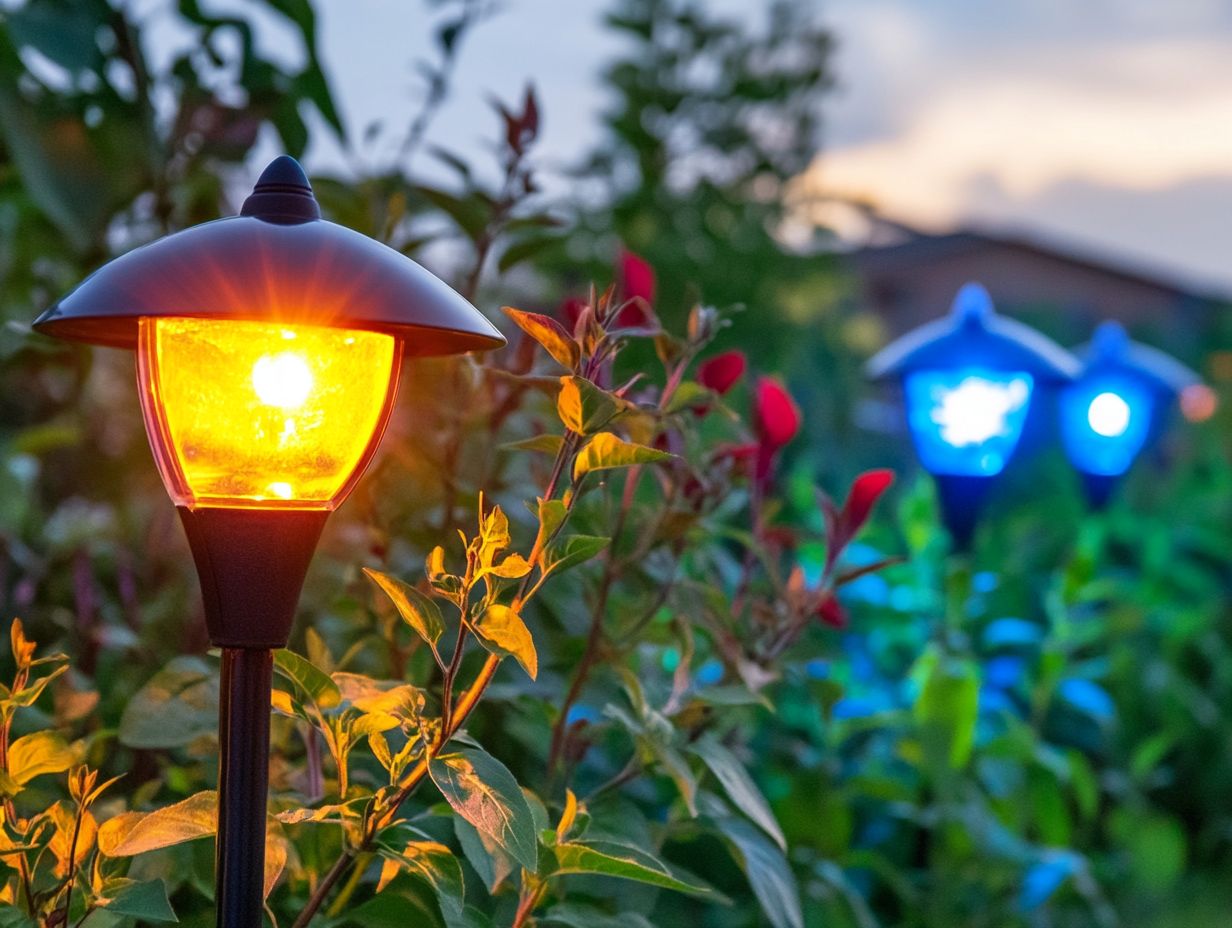
The advantages of using light in pest control are compelling. They offer improved targeting of specific pest species and reduce reliance on chemical pesticides. However, it’s essential to weigh these benefits against potential disadvantages, such as ecological impacts and the risk of harming beneficial insects.
Research has demonstrated that specific wavelengths of light can effectively attract and repel certain pests, making this method both selective and environmentally friendly. Studies in various agricultural settings have shown that blue light traps can significantly reduce populations of harmful insects like aphids while sparing vital pollinators such as bees from harm.
While light traps are effective, it s vital to ensure they don t harm beneficial insects or disrupt the ecosystem. By analyzing case studies, you can uncover best practices that harmonize these innovative strategies with the broader health of biodiversity in agricultural landscapes.
Safety Considerations for Using Light in Pest Control
When utilizing light in pest control, prioritize safety considerations. This includes being mindful of the potential risks associated with light intensity and understanding its impact on non-target species.
Potential Risks and Precautions
Be aware of the potential risks involved in using light for pest control. For instance, light can harm some animals and attract non-target insects.
These unexpected visitors can disrupt local ecosystems, compete with beneficial pollinators, and lead to increased infestations of pests that would otherwise be kept in check.
It’s essential to keep an eye on pests to stay in control! Implement effective insect monitoring techniques, which include regularly assessing pest populations and tracking the insects drawn in by your lights.
To use light responsibly, consider employing specific wavelengths that target pests while minimizing the impact on non-target species. Schedule light activation during peak pest activity times to focus efforts on problem areas, significantly reducing potential ecological disruptions.
Frequently Asked Questions
Why Light is Your Secret Weapon Against Pests!
Light plays a crucial role in pest control. It can be used to attract, repel, or disrupt the behavior of various pests.
How can light be used to attract pests?
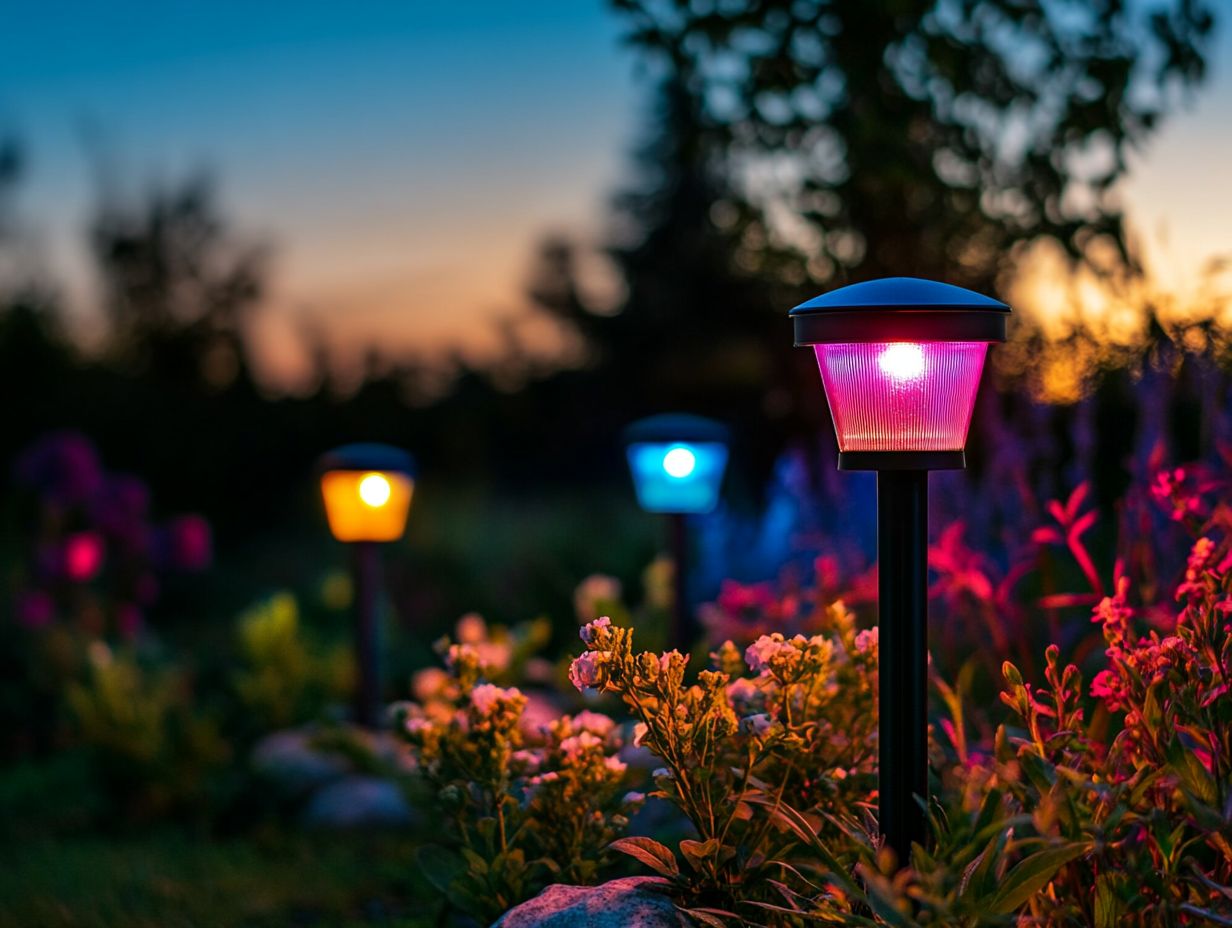
Many insects are drawn to specific wavelengths of light. Using light traps, such as UV or LED lights, can lure pests towards them, making it easier to control and eliminate them.
Can light be used to repel pests?
Yes, some pests are sensitive to certain wavelengths of light and can be repelled by it. For example, orange or yellow lights can deter mosquitoes since they do not perceive these colors well.
Are there specific colors of light that are more effective in pest control?
Different pests may react differently to various colors of light, but generally, blue and green lights are more effective at attracting insects, while yellow and orange lights are better at repelling them.
How does light disruption work in pest control?
Light disruption uses artificial light sources to confuse and disorient pests. This strategy can quickly stop pests from finding food or mating, ultimately controlling their population.
What are some common methods of using light in pest control?
Aside from light traps and disruption, other popular methods include using reflective surfaces to confuse pests, enhancing the effectiveness of pesticides with light, and attracting natural predators of pests.
Start using light for pest control today and see the difference it makes!

